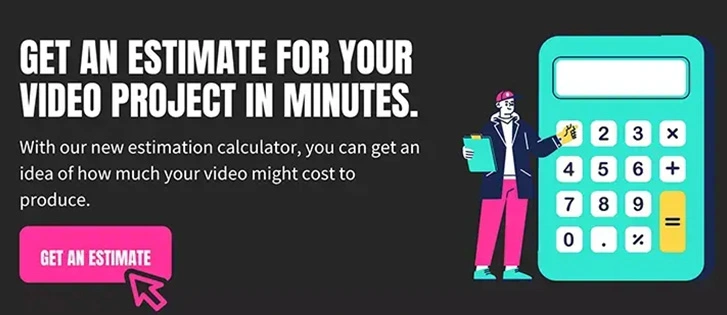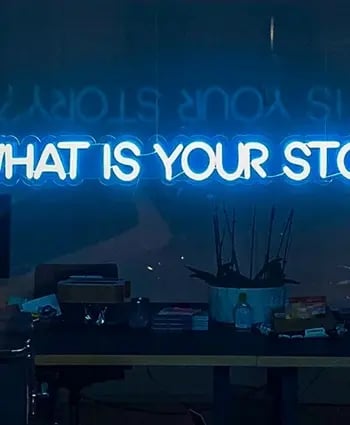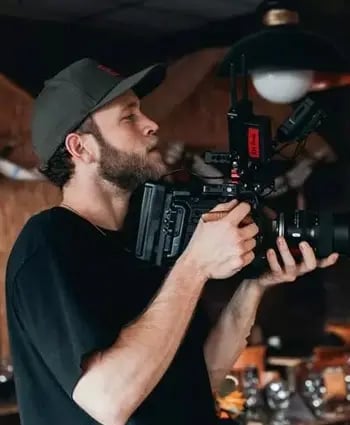Animated Magic: Basics of Animated Video Production
Explore animated video production: scripting to post-production. Dive into fundamentals for compelling storytelling and promotion
Animation has always been a captivating medium, drawing both young and old into its vibrant world. Today, animated videos are not just limited to Saturday morning cartoons; they're powerful tools for businesses, educators, and creators to convey complex ideas, tell stories, and engage audiences.
If you're intrigued by the realm of animated video production but unsure where to start, this article will guide you through the basics.
1. Define the Purpose
Before diving into production, ask yourself the big questions. Why do you need an animated video? Are you explaining a complex concept, telling a brand story, or launching a product? Your purpose will guide the style, tone, and pace of the animation.
2. Scripting – The Backbone of Your Animation
The script isn't just what the characters say—it's the blueprint of your video. Every detail, from the main narrative to visual cues, should be outlined in the script. This document will serve as the foundation upon which your animation is built.
3. Choosing the Right Style
There are several styles of animation to choose from:
- 2D Animation: This is the traditional style of animation, flat and often character-driven. It's great for storytelling and is widely used in explainer videos.
- 3D Animation: This offers a three-dimensional look, providing depth to characters and environments. It's commonly used in gaming and film industries.
- Whiteboard Animation: A style where the content appears to be drawn by hand in real-time. It's excellent for educational content.
- Stop Motion: A painstaking process where objects are moved in small increments and photographed, creating the illusion of motion when played back.
4. Storyboarding – Visualising the Script
Before any animation begins, the script is translated into a visual format called a storyboard. It's a series of sketches that map out the progression of the video, ensuring the animation team and client are on the same page.
5. Designing and Illustrating
This is where characters, backgrounds, and other visual elements come to life. Designers work on creating appealing characters, while illustrators focus on the environment and props.
6. Animation and Motion Graphics
Once designs are ready, the animators step in. They bring the characters and illustrations to life, ensuring smooth transitions and movements. Motion graphics artists might add additional elements, like dynamic text or infographics.
7. Sound Design
Animation isn't just about visuals; it's a multisensory experience. Sound designers select or create music tracks, sound effects, and voice-overs that match the video's tone and enhance its emotional impact.
8. Post-production – The Final Touches
Post-production is a critical stage, polishing and refining the animated video to ensure it meets the desired quality and achieves its objectives. Here’s a more detailed breakdown of this essential phase:
-
Editing: This process starts by reviewing all the animation sequences and ensuring they align cohesively with the narrative. It involves arranging, adding, or even omitting scenes to create a fluid, compelling storyline. Moreover, transitions between scenes are fine-tuned, ensuring each shift feels natural and maintains viewer engagement.
-
Colour Correction and Grading: Even in animation, colour consistency matters. Animators and producers ensure that colours remain consistent throughout the video, adjusting hues where necessary. Colour grading, on the other hand, is about giving the animation its overall look and mood. It can make scenes feel more vibrant, dramatic, or even subdued, depending on the desired effect.
-
Sound Mixing: While sound design might have been introduced earlier, post-production is the stage where all the sound elements come together. This involves balancing audio levels, ensuring voiceovers are clear and syncing sound effects perfectly with the on-screen animations. The background music's volume is adjusted so it complements, rather than overshadows, the primary audio content.
-
Special Effects and Enhancements: Post-production might also involve adding special effects that weren’t included during the initial animation stage. This can range from visual effects, like lighting enhancements, to atmospheric effects such as mist, rain, or sparkle to elevate the video's overall impact.
-
Quality Checks: Before finalising, it's crucial to run multiple quality checks. These reviews ensure that there are no errors, glitches, or inconsistencies in the animation. It also ensures that the video aligns with its intended purpose and message.
-
Feedback Loop: Post-production isn't a solitary process. It often involves collaboration with stakeholders, seeking their feedback, and making necessary revisions. This iterative approach ensures that the final product aligns with the vision and satisfies all parties involved.
Wrapping up
Animated video production is a fascinating process, merging art, storytelling, and technology. Whether you're aiming to promote a product, educate an audience, or simply tell a compelling story, understanding these basics ensures you're well-equipped to venture into the animated world.
Remember, the beauty of animation lies in its flexibility. It allows for the representation of abstract ideas, the creation of worlds bound only by imagination, and the communication of messages in an engaging and memorable way. As technology continues to evolve, so too will the possibilities within animation, making it an exciting space to watch and explore.

Written by Emily Malone Marketing Manager for Venture — a full-service video production agency that specialises in producing creative videos & campaigns that get real results.






